At the end of 2022, according to senior officials on condition of anonymity, the United States was prepared for a nuclear strike from the Russian Federation on Ukraine.
CNN in exclusive material tells, that at the end of 2022 the United States began to “carefully prepare” for the possibility that Russia could potentially strike Ukraine with nuclear weapons. It would be the first nuclear attack of the war since the US dropped atomic bombs on Hiroshima and Nagasaki nearly eighty years ago, two senior US administration officials said.
They said the Biden administration was very concerned that Russia might use tactical or military nuclear weapons. The first one says:
“I first reported that US officials were concerned about Russia’s use of tactical nuclear weapons in 2022, but in their new book In “Return of the Great Powers,” out March 12, I reveal exclusive details about the unprecedented level of contingency planning undertaken as a senior leader. Members of the Biden administration were increasingly alarmed by the situation. This is what the conflict gave us, and we believed so, and I think it is our right to carefully prepare and do everything possible to prevent this from happening.”
What led the Biden administration to this assessment was not a single indicator, but a combination of events, analysis and, most importantly, new intelligence. The administration’s concerns, said a second senior administration official, “were not just hypothetical—they were based on some of the information we received”:
“We had to plan to be in the best possible position if this now unthinkable event actually happened.”
Over the period from late summer to fall 2022, the National Security Council convened a series of meetings, the first source notes, to develop contingency plans “if there were very clear signs that they were going to do something, attack with force.” nuclear weapons, or if they just did it, how would we react, how would we try to prevent it or contain it”:
“I don’t think many of us go into work expecting to spend a significant amount of time preparing for a scenario that a few years ago would have been considered to be from a bygone era.”
The late summer of 2022 proved to be a devastating period for Russian troops in Ukraine. In the south, Ukrainian troops advanced on Russian-occupied Kherson. This city became Russia’s biggest prize after the invasion. Now he was in danger of being lost due to the Ukrainian counter-offensive. It is important to note that as Ukrainian troops advanced, entire Russian units were at risk of encirclement. The administration believed that such a catastrophic loss could be a “potential trigger” for the use of nuclear weapons. The first senior CNN source notes:
“If a significant number of Russian troops were captured—if their lives were destroyed as such—it was something of a harbinger of a potential threat directly to Russian territory or the Russian state. In Kherson at that time there were increasing signs that the Russian lines might collapse. Tens of thousands of Russian troops were potentially vulnerable.”
Russia was losing ground inside the sovereign territory of Ukraine, and not inside Russia. However, US officials were concerned that Russian President Vladimir Putin saw the situation differently. He told the Russian people that Kherson was now part of Russia and could therefore perceive a devastating loss there as a direct threat to them and the Russian state. An anonymous administration representative says:
“Our assessment is that for some time, one of the scenarios in which they are considering the use of nuclear weapons is [включал] things like existential threats to the Russian state, direct threats to Russian territory.”
Given this assessment, the Russian Federation could consider a tactical nuclear strike as a means of deterring further losses of Russian-controlled territories in Ukraine, as well as any potential attack on Russia itself.
At the same time, the propaganda machine was spreading a fake story about a Ukrainian dirty bomb, which US officials feared could be used as cover for a Russian nuclear attack.
In October 2022, Russian Defense Minister Sergei Shoigu made a series of phone calls to representatives of the US, UK, French and Turkish ministries of defense, telling them that the Kremlin was “concerned about possible provocations from Kiev related to the use of a dirty bomb.”
The US and other Western officials rejected the Russian warnings. However, Russia’s ambassador to the UN sent a letter directly to the UN detailing the same alleged threat. Russian officials claimed that Ukraine would build and detonate a dirty bomb against Russian forces and then blame Russia for the attack.
US officials rejected such warnings, but concerns were raised: “Russian public statements about the possibility of Ukraine using a dirty bomb, as we have seen, had no basis in reality. What was more worrying was that the Russians were saying things like that either as an excuse to do something crazy or as a cover for something they themselves were going to do. So it was quite alarming.”
However, another point raised such concerns to a new level. Western intelligence agencies have received information that negotiations are currently underway between Russian officials in which a nuclear strike is openly discussed. As the first senior administration official described it, “there were indications that this was at least being discussed at lower levels of the Russian system.”
US access to Russia’s internal communications has proven effective before. In the run-up to the invasion of Ukraine, the United States intercepted a conversation between Russian military commanders discussing preparations for the invasion. These reports became part of an American intelligence assessment, later proven accurate, that an invasion was imminent. Source says:
“It’s never a categorical, black-and-white assessment. But the level of risk appears to have increased beyond what it was at any other point in time.”
At no time has the US discovered intelligence indicating that Russia was taking steps to mobilize its nuclear forces to carry out such an attack:
“Obviously we prioritize tracking and have some ability to at least track such movements of its nuclear forces. And not once did we see any sign of the steps we would expect them to take if they went down the path of using nuclear weapons.”
However, U.S. officials weren’t sure they would know whether Russia would field tactical nuclear weapons. Unlike strategic nuclear weapons, which can destroy entire cities, tactical or combat nuclear weapons are small enough to be moved undetected, and could be launched from conventional systems already deployed on the Ukrainian battlefield:
“Whether they were going to use tactical nuclear weapons, especially very low yield ones, and especially if they were going to use only one or a very small number, that wasn’t one hundred percent clear to us.”
Several senior administration officials took part in the urgent work. They said Secretary of State Antony Blinken communicated U.S. concerns “very directly” to Russian Foreign Minister Sergei Lavrov. Chairman of the Joint Chiefs of Staff General Mark Milley called his Russian counterpart General Valery Gerasimov, Chief of the General Staff of the Russian Armed Forces. President Joe Biden sent CIA Director Bill Burns to speak with the head of Russia’s foreign intelligence service, Sergei Naryshkin, in Turkey to convey U.S. concerns about a possible nuclear strike and assess Russian intentions, a senior U.S. official said.
The United States has also worked closely with its allies to develop contingency plans for a Russian nuclear attack and to warn the Russian side about the consequences of such an attack:
“We have had a number of conversations with key allies to express our thoughts. That’s the hallmark of our entire approach – that we do it better and stronger when we fully support our allies.”
The US also sought to enlist the help of non-allies, particularly China and India, to dissuade Russia from such an attack. “One of the things we did was we not only sent them a direct message, but we also urged, pressured and encouraged other countries that they might be more considerate of to do the same,” says a second senior administration official.
U.S. officials say outreach and public statements by Chinese leader Xi Jinping and Indian Prime Minister Narendra Modi helped avert the crisis. The first source says:
“We believe that showing the international community concerns about this, especially the concerns of key countries about Russia and the global South, was also a useful, compelling factor and showed them what the cost of all this might be. I think the fact that we know that China has spoken, India has spoken, others have spoken, may have had some influence on their thinking.”
The danger lessened as the war entered a period of relative stagnation in the east. However, the United States and its allies remain vigilant:
“Since then we have been less concerned about the imminent prospect, but it is not something that was previously on our minds. “We continue to refine plans and… it is possible that we may face at least an increasing risk of this again in the coming months.”
https://www.youtube.com/watch?v=JN4V7EA5Byw
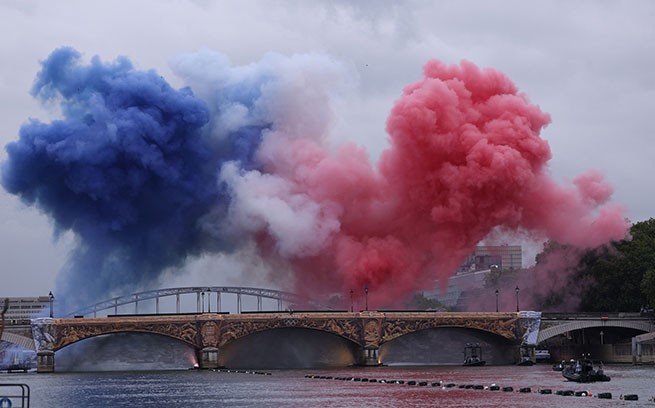
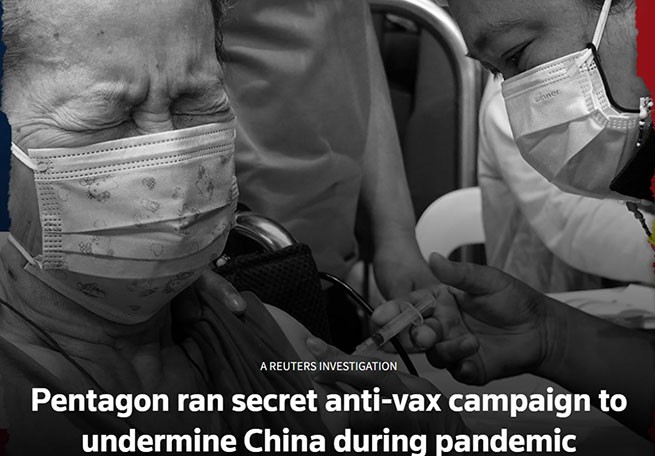

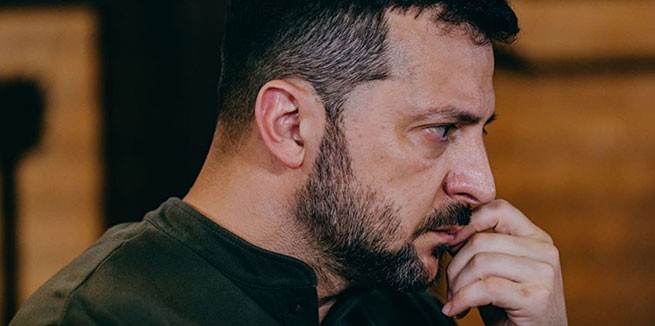
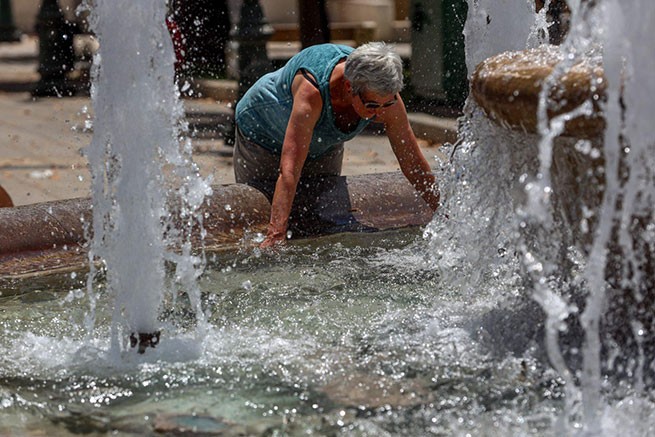
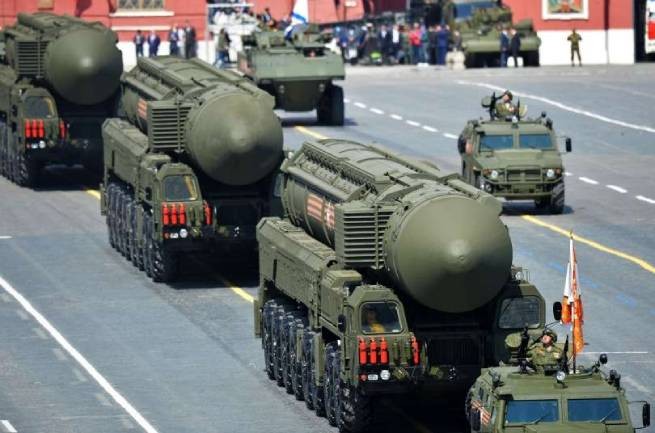

More Stories
What's Happening to America's Presidential Candidates (Video)
Who is he, the killer Farion?
What's happening on Athos? Will there be an assault on Esphigmenou?